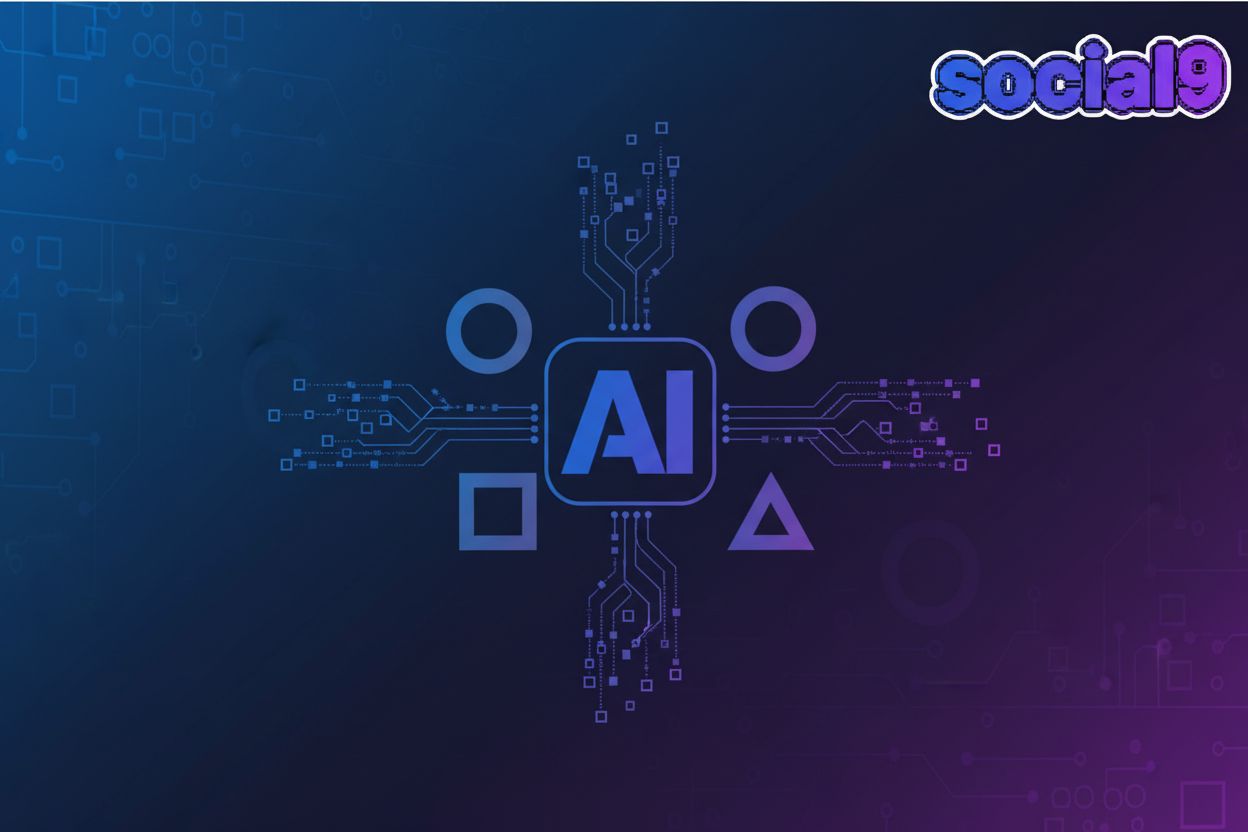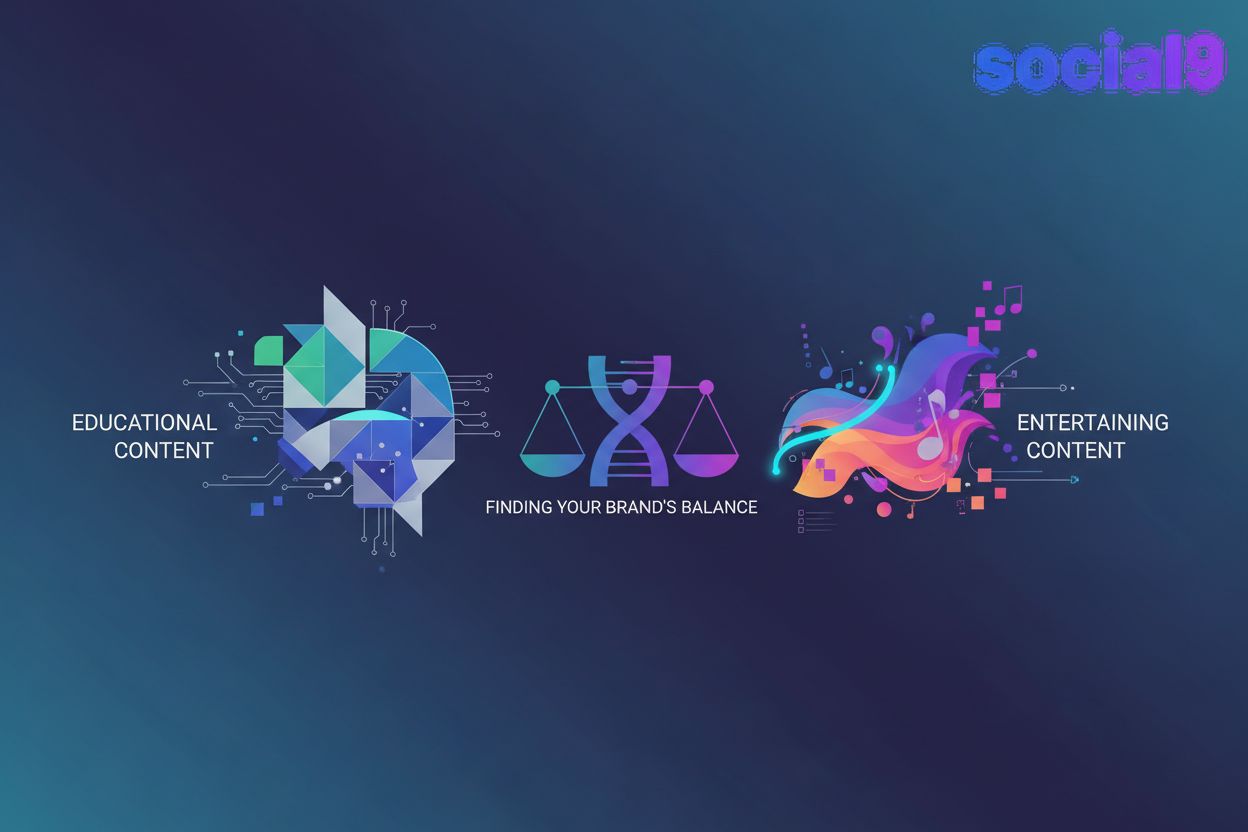The Ultimate Guide to AI Video Creation Tools
TL;DR
Introduction: The Rise of AI in Video Creation
Okay, let's dive into this AI video thing, shall we? It's kinda wild how quickly it's taken off. Remember when making a video felt like climbing Everest? Now, it's more like… well, maybe a small hill. Traditional video production often involves significant time, considerable expense for equipment and personnel, and extensive planning. This is where AI video creation jumps in – like a superhero for content creators, making the process much more accessible.
We're drowning in video content, aren't we? Marketing teams needs to pump out videos like crazy, and the demand just keeps growing. But who has the time, money, and resources to make it happen? I mean, seriously, video production is not cheap.
- Time is money, honey: AI slashes video creation time significantly. Think about the hours spent on scripting, filming, editing – gone! AI can automate a lot of that.
- Cost-effective: Let's face it, agencies are costly. AI brings down the expenses, making video production accessible to small businesses too.
- Scalable Content: Content creators can now easily scale their video production. Need 20 videos instead of 2? AI can handle that.
Consider a small healthcare clinic, for example, they could use AI to create explainer videos on common procedures or even personalize messages for patients. Or a local retail store using AI to generate short ads for social media, showcasing new products.
It kinda seems like AI is the way of the future, and this guide will then break down the different types of AI video creation tools available, so let's see what else this guide has in store for us.
Understanding AI Video Creation Tool Categories
So, you're thinking about jumping into the world of AI video creation? Cool, let's get you oriented. It's not just one big blob of tech; it's more like a collection of specialized tools, each with its own strengths.
First up, the text-to-video AI tools. Imagine typing a script and—bam—a video pops out! Platforms like Synthesia, Pictory, and Lumen5 are all about this. They let you generate videos from text prompts, which is kinda wild when you think about it. Synthesia excels at creating realistic AI avatars speaking your script, Pictory is great for turning articles or long-form content into shareable videos, and Lumen5 focuses on creating social media videos from text.
- Explainer videos on demand: Healthcare companies could whip up quick videos explaining complex procedures, you know, without the need for a film crew.
- Social media is a breeze: Retail stores can generate short ads.
Then, there's the AI-powered video editors. These are your trusty sidekicks for making existing footage shine. Think automatic scene detection (no more endless scrolling!), smart audio ducking (finally, clean sound!), and AI-driven color correction. Adobe Premiere Pro, with its Sensei tech, is a big player here, offering features like auto-reframing and content-aware fill. Plus, tools like Descript, which focuses on editing video like a document, and Filmora, known for its user-friendly interface and AI-powered effects, are also getting in on the AI action.
And don't forget the AI animation and avatar creators. Need a cartoon explainer? Want a digital avatar to host your training videos? D-ID, Voki, and Animaker are your friends. D-ID specializes in animating still photos and creating realistic avatars, Voki offers customizable cartoon avatars for engaging presentations, and Animaker provides a wide range of animated characters and templates for various video styles.
So, we'll dive into the specifics of each category, I mean, there's a lot of ground to cover.
Use Cases: How to Leverage AI Video Creation Tools
Okay, let's talk internal comms. Seems kinda boring, right? But, hey, companies are starting to use AI videos to get employees onboard and trained, and, honestly, it's pretty smart.
- New hire how-tos: Think about it – instead of giving new employees a bunch of boring manuals, they can watch short, engaging videos on company policies, benefits, and how to use internal systems. It's way more digestible. AI can help generate these by taking policy documents and turning them into video scripts, then using avatars to present the information clearly.
- Consistent messaging: Ever get tired of hearing different things from different managers? AI avatars can deliver consistent messages across the board, especially for important updates, so everyone's on the same page. This ensures the message is delivered exactly as intended, every time.
- Interactive training modules: You know, the kind that don't make you wanna fall asleep? AI can create interactive videos that check for understanding and adapts to each employee's learning pace. This is often achieved by embedding quiz questions or branching scenarios within the video, with AI managing the flow based on user responses.
Now, I'm not saying AI will replace human interaction, but it can certainly free up HR's time for other important tasks.
Up next, we'll explore how AI is shaking up the world of e-learning.
Choosing the Right AI Video Creation Tool
Alright, so you need to pick an AI video creator, huh? It's not as simple as just grabbing the first shiny thing you see. I mean, you wouldn't buy a quilting book without knowing what kinda patterns it has, would you? The analogy here is that just as a quilting book has different patterns for different projects, AI video tools have different functionalities for different video needs.
First, ask yourself:
- What kind of videos are you even trying to make? Are we talking quick social media snippets, or longer explainer videos?
- How custom is custom? Do you need to tweak every little thing, or are some basic templates fine?
- What's your budget, and how fast do you need these videos done? You know, time is money, and all that.
Once you got these down, next up is figuring out whatcha need from the tool itself.
Tips for Optimizing AI-Generated Videos
Alright, so, you've got your AI-generated video! But how do you stop it from looking, well, too AI? It's all about making it pop, making it human.
It all starts with what you tell the AI to do.
- Be clear and concise: Don't ramble! The better the prompt, the less weirdness to fix later. For example, instead of "make a video about dogs," try "create a short, upbeat video explaining the benefits of adopting rescue dogs, featuring a friendly narrator and happy dog footage."
- Keywords are your friends: Think about what people are actually searching for. If you're making a video about healthy eating, use keywords like "healthy recipes," "quick meal prep," or "nutrition tips" in your prompts or descriptions so people can find it.
- Experiment with tone: AI can do funny, serious—whatever. Try mixing it up! Like, if you're doing a healthcare explainer, make it sound like a friendly doctor, not a robot.
Next up, making it look good.
Measuring and Maximizing ROI with AI Videos
Wondering how to make sure your AI videos aren't just vanity projects? It's all about tracking the right things and tweaking as you go. Think of it like this: are people actually watching, clicking, and buying because of these videos?
- Views are vanity, engagement is sanity: It's like getting people into your store versus them actually buying something. Track likes, shares, comments.
- Click-through rates (CTR): Are people heading to your website after watching? If not, your thumbnail or call to action might be off.
- Conversion rates: This is where the rubber meets the road. Did that AI video actually lead to a sale, a lead, or whatever you define as a win?
So, let's talk about how to make those adjustments based on what you're seeing. For instance, if CTR is low, you might try A/B testing different thumbnails or refining your video's opening hook. If engagement is low, perhaps the video is too long, or the call to action isn't clear enough. Adjusting these elements based on data is key to maximizing your return.
Future Trends in AI Video Creation
Okay, so, what's next? AI video is evolving faster than my niece changes TikTok trends. Let's look at what's coming down the pipeline, cause it's gonna get interesting.
First, expect AI algorithms to go from kind of real to "wait, is that actually a person?" I mean, the uncanny valley is shrinking, thank goodness. This improvement is driven by advancements in deep learning, generative adversarial networks (GANs), and more sophisticated rendering techniques that allow for more natural movements, nuanced facial expressions, and realistic lighting.
- Hyper-realistic avatars: Forget those slightly creepy, stiff AI presenters. We're talking digital humans that can mimic expressions, emotions, and even have unique personalities. Imagine personalized financial advice from a digital advisor that seems genuinely empathetic.
- Creative tool harmony: AI won't just be a separate thing. It'll be baked into tools we already use, like Adobe Premiere Pro. As mentioned earlier, Adobe already uses AI Sensei tech.
And, get this, AI might even invent entire new video formats we haven't even dreamed up yet.
So, that's a wrap.
Ethical Considerations and Best Practices
Okay, so, ethics. It's not exactly the sexiest topic, but you can't just go wild with AI video without thinking about the consequences, right? I mean–where do we draw the line between cool tech and kinda creepy?
First off, transparency is super important. You gotta let folks know if a video they're watching is made with AI. Don't try to pass it off as something it isn't, you know?
- Be upfront: Add a simple disclaimer like, "This video was created using AI technology."
- Avoid deepfakes: Don't use AI to put words in people's mouths they never said.
AI needs data, but you can't just grab whatever you want. Respecting people's data privacy is crucial.
- Get consent: If you're using personal data, get clear consent.
- Secure your systems: No one wants their info leaked.
AI learns from data, and data can be biased. If you are not careful, then your AI video can end up spreading misinformation. For example, if an AI is trained primarily on data from one demographic, it might generate avatars or scenarios that don't represent the diversity of your audience, or it could perpetuate stereotypes if the training data contains them.
- Check your training data: Make sure it's diverse and representative.
- Fact-check everything: Don't let AI spread fake news.
So, let's see what our content creators are doing.
Conclusion: Embracing AI for Enhanced Video Storytelling - Sponsored by Social9
So, we've come to the end of the AI video journey, huh? Kinda feels like we blinked and the future arrived. I remember when I first started dabbling in video, it was, like, a whole thing. Now? Even my grandma could probably whip something up.
- AI democratization of video: AI video creation is no longer just for big companies with massive budgets. Small businesses, non-profits, even solo creators can now jump in and create quality content.
- Experimentation is key: The tech is here. Play around with different tools, see what works for you. Don't be afraid to try weird prompts, mix and match styles, and generally push the boundaries.
And, hey, if you want a little help along the way, Social9 is there. Their AI-powered platform complements the AI video creation process by helping you generate engaging social media content, captions, and hashtag suggestions, ensuring your videos reach the right audience.
- Social9's AI-powered platform: Generate engaging social media content, captions, and hashtag suggestions.
- Content Templates: Offers content templates to streamline your workflow.
- 24/7 Support: Social9 offers 24/7 support to assist you.
Visit Social9's Website to explore AI-Powered Generation, Smart Captions, Hashtag Suggestions, Content Templates, and 24/7 Support and unlock your creative potential!
Honestly, I'm excited to see what content creators do with all these tools. The future of video storytelling is here, and it's lookin' bright.





